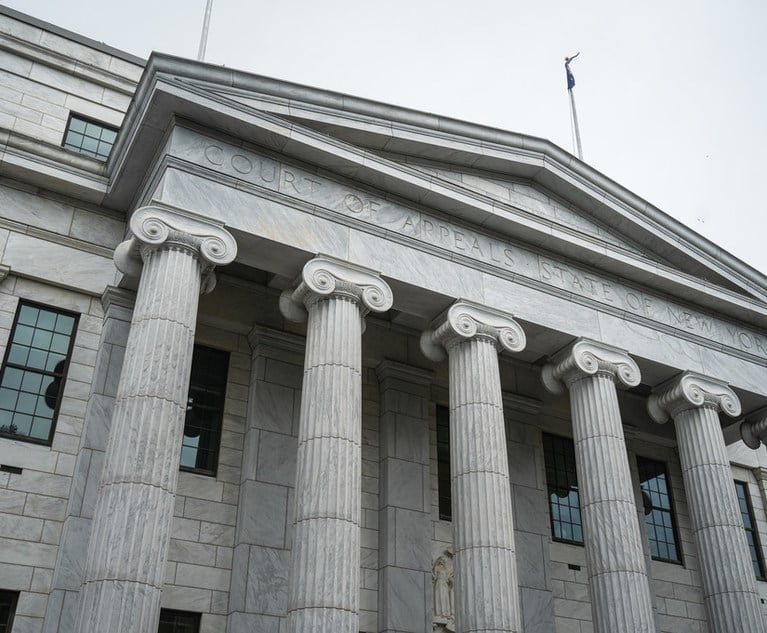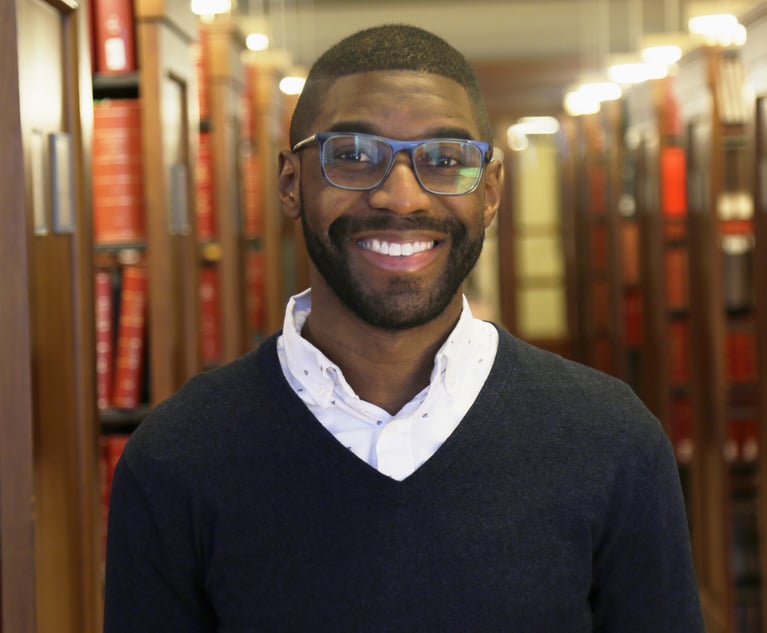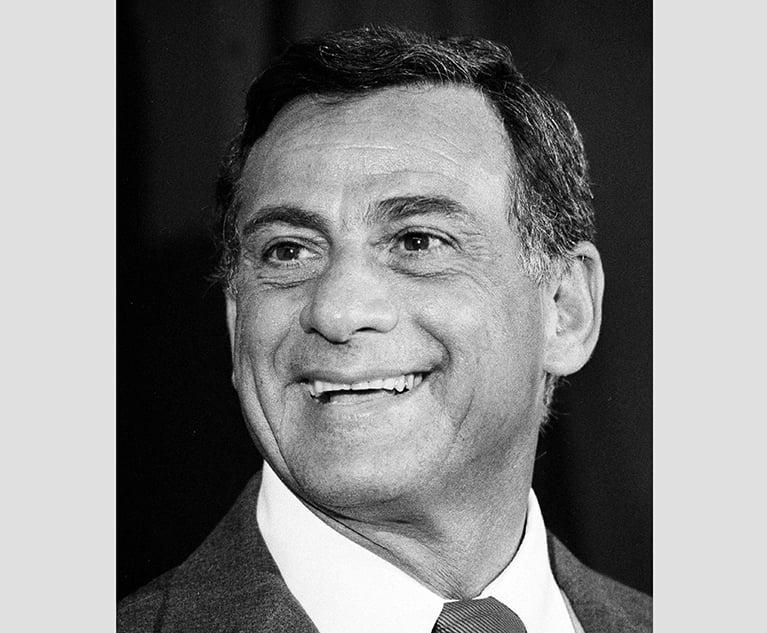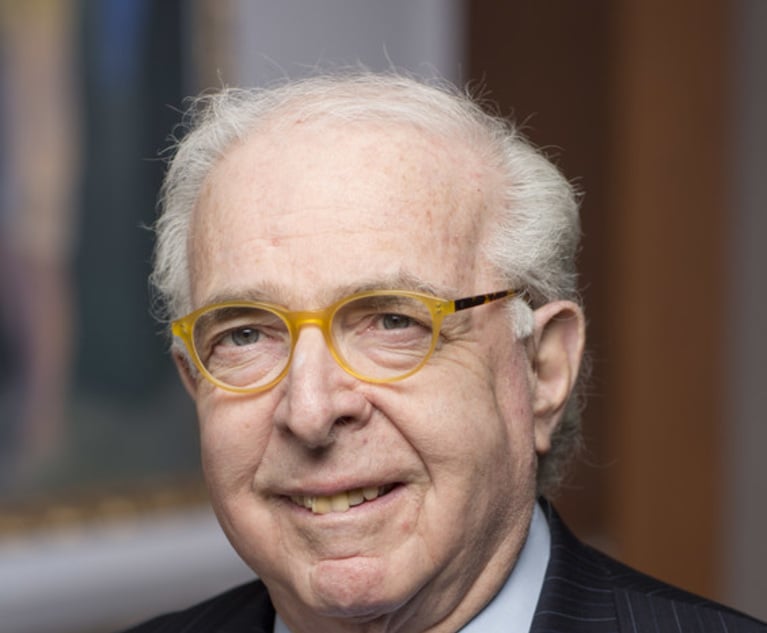I recently made a Freedom of Information request to the New York State Department of Corrections. I did so because I wanted to better understand where inmates are sent in New York’s vast prison system. The data I received, which until now has not been made public, is disturbing. 58% of New York City prisoners are sent to serve their sentences in prisons located more than 200 miles from their loved ones and their communities. 92% of these prisoners are members of minority groups. The prisons to which they are sent are controlled by prison guards who are overwhelmingly white. Locating prisons so far away from so many prisoners, particularly black and Hispanic prisoners, has detrimental consequences to the prisoners, to their families and to the communities from which they come.
In these remote prisons, visits are over 50% less frequent than in prisons closer to home. There is a direct correlation between visiting and recidivism. The more ability a prisoner has to remain in close contact with his family and friends, the less likely he will be to return to crime when he is released from prison. Sadly, New York’s distant prison system tears the fabric of family connection by placing a barrier between prisoners and their loved ones. That barrier, while not impenetrable, is intolerably difficult to overcome. This is especially true for poor persons who make up the overwhelming majority of New York’s incarcerated population, and their families. For many of these people, a family visit is a grueling affair, plagued by long hours spent on an overnight bus.


 Prison bars. Photo: Shutterstock.com
Prison bars. Photo: Shutterstock.com




